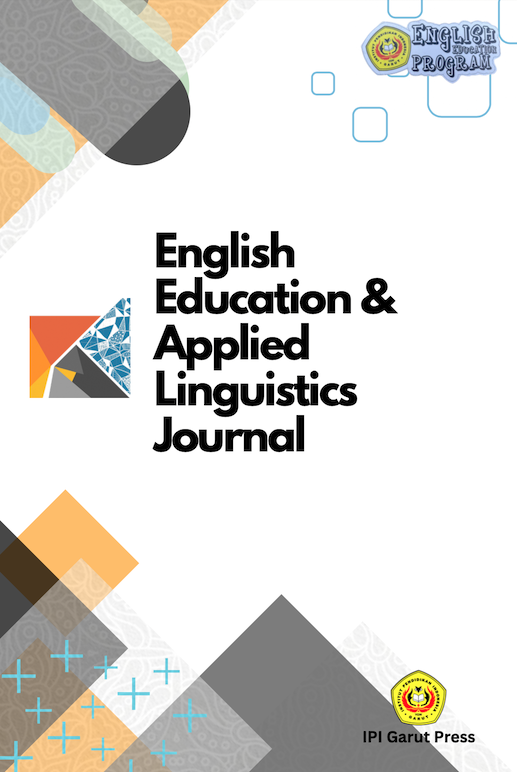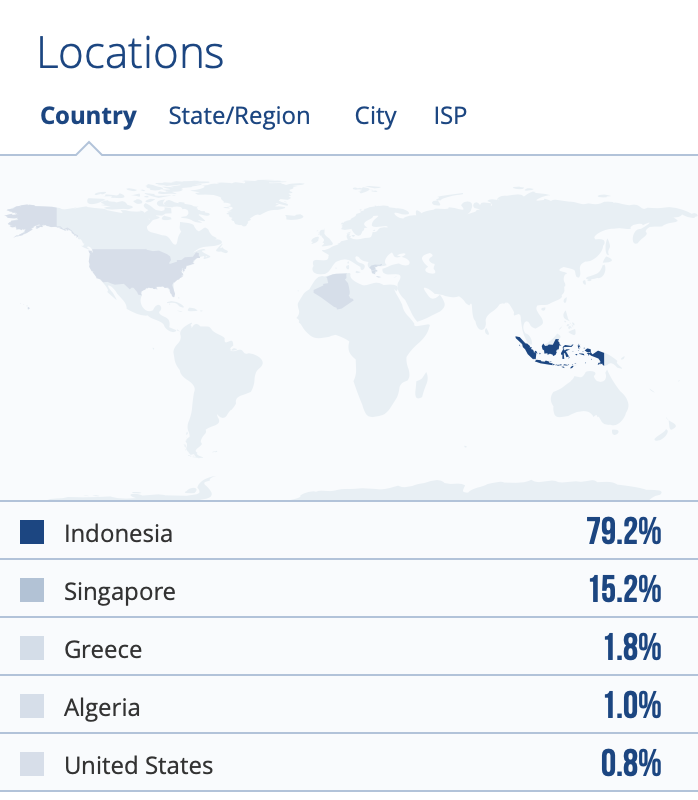Investigating Freshmen's Perceptions of Using Authentic Materials in Reading Classes at Sai Gon University
DOI:
https://doi.org/10.31980/eealjournal.v8i2.2638Keywords:
Authentic Materials , freshmen, reading classes, perceptionsAbstract
Authentic Materials, defined as resources created for native speakers, provide contextualized language exposure that traditional materials often lack. Especially when authentic materials are integrated into educational settings through classes. Therefore, exploring students' perceptions of using Authentic Materials in reading classes is a research topic of interest. This paper examines the perceptions and preferred types of Authentic Materials among first-year English Language students at Saigon University (SGU). A mixed-methods approach, combining questionnaires and interviews, was employed to collect data from 100 freshmen for the survey and 10 for the interviews. The findings revealed a generally positive view towards Authentic Materials, perceiving them as beneficial for increasing engagement, enhancing vocabulary, and improving reading comprehension. Moreover, magazines, novels, and short stories were the preferred genres of Authentic Materials. However, challenges related to Authentic Materials, such as difficulty in relevance to course content, were also highlighted. In conclusion, Authentic Materials are perceived as both engaging and educationally valuable, despite some implementation challenges. This study contributes to the understanding of material selection in EFL contexts, offering evidence-based insights that can inform curriculum design and classroom practices in higher education.
References
Allehyani, B., Burnapp, D., & Wilson, P. (2017). A Comparison of Teaching Materials (School Textbooks VS Authentic Materials ) from the Perspective of English Teachers and Educational Supervisors in Saudi Arabia. International Journal of English Language and Linguistics Research, 1-14.
Ameen, C. A. M., & Kamal, L. R. (2021). The Perspectives of EFL Instructors on the Use of Authentic Materials in the Classroom: Charmo University as a Case Study. The Scientific Journal of Cihan University-Sulaimaniya, 5, 39 - 56.
Berardo, S. A. (2006). The use of authentic materials in the teaching of reading. The Reading Matrix, 6(2), 60-67.
Brown, H. D. (2004). Language Assessment Principles and Classroom Practice. New York: Pearson Education.
Ciornei, S. I., & Dina, T. A. (2015). Authentic Texts in Teaching English. Procedia - Social and Behavioral Sciences, 180(2015), 274 - 279.
Cortina, J. & Elder, J. (n.d.). Opening Doors: Understanding College Reading. New York: McGraw Hill.
Firmansyah, E. (2015). Student's perception of the use of Authentic Materials in Senior High School. Jurnal Pendidikan Bahasa dan Sastra, 15(1), 116 -122.
Harmer, J. (n.d.). How to Teach English (New Edition). Edinburgh Gate: Pearson, 2007.
Hedge, T. (2000). Teaching and Learning in the Language Classroom. Oxford: Oxford University Press.
Holmes, S. M. (2020). Instructional Leadership for Trauma Impacted Students Attending Transfer. ProQuest LLC.
Ismael, R. K. (2021). The Effect of Using Semantic Map Technique in Teaching Reading Comprehension on Students' Achievement. Al-Adab Journal, 2, 43-52.
Khusniyah, N. L. (2021). English Extensive Reading Material Needs in Digital Era. AL-ISHLAH: Jurnal Pendidikan, 13(1), 763-768.
Kozhevnikova, E. (2014). Exposing students to Authentic Materials as a Way to Increase Students' Language Proficiency and Cultural Awareness. Procedia - Social and Behavioral Sciences, 116, 4462 - 4466.
Mahendra, Y., Nitiasih, P. K., & Saputra, I. N. P. H. (2021). An Analysis of Authentic Materials Used by Senior High School English Teachers in Singaraja. Journal Pendidikan Bahasa Inggris undiksha, 5.
Martinez, A. G. (2002). Authentic Materials: An Overview. Free Resources for Teachers and Students of English. Karen's Linguistics Issues, 1-7.
Namaziandost, E., Razmi, M. H., Ahmad Tilwani, S., & Pourhosein Gilakjani, A. (2022). The Impact of Authentic Materials on Reading Comprehension, Motivation, and Anxiety among Iranian Male EFL Learners. Reading & Writing Quarterly, 38(1), 1-18.
Nation, I. S. (2008). Teaching ESL/ EFL reading and writing. New York: Routledge Publication.
Oguz, A. & Bahar, H. O. (2008). The Importance of Using Authentic Materials in Prospective Foreign Language Teacher Training. Pakistan Journal of Social Science, 5(4), 328-336.
Peacock, M. (1997). The Effect of Authentic Materials on the Motivation of EFL Learners. English Language Teaching Journal, 51(2), 144-156.
Rao, P. S. (2019). The Effective Use of Authentic Materials in the English Language Classrooms. Humanities, 7 (1), 1-8.
Richards, J. C. (2001). Curriculum Development in Language Teaching. Cambridge University Press.
Downloads
Published
How to Cite
Issue
Section
License
Copyright (c) 2025 English Education and Applied Linguistics Journal (EEAL Journal)

This work is licensed under a Creative Commons Attribution-NonCommercial-ShareAlike 4.0 International License.






